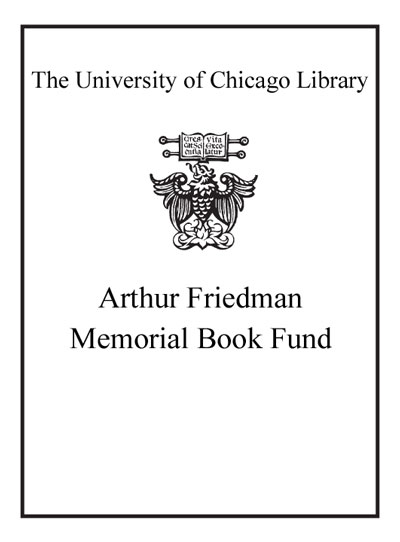Review by Choice Review
A good companion to Lorraine Janzen Kooistra's Poetry, Pictures, and Popular Publishing: The Illustrated Gift Book and Victorian Visual Culture, 1855-1875 (CH, Jan'12, 49-2448), the present title explores an often-neglected cultural artifact, the 19th-century British literary annual. Harris (San José State Univ.) analyzes the evolution of the literary annual, Continental influences, parodies, illustrations, relations between editors and reviewers, the "poetess tradition," and the origins of the Gothic short story. Carefully researched and well documented, the volume will be a boon to those interested in Romantic and Victorian literature, history, and culture, and of particular appeal to those interested in Romantic and Victorian women poets. The four useful appendixes provide a chronological list of titles of British and American literary annuals; a list of prominent contributors to British annuals; the names of editors and publishers; and the full text of some of the writing discussed. The book suggests many topics for future research. Summing Up: Recommended. Upper-division undergraduates and above. --J. Don Vann, emeritus, University of North Texas
Copyright American Library Association, used with permission.
Review by Choice Review

